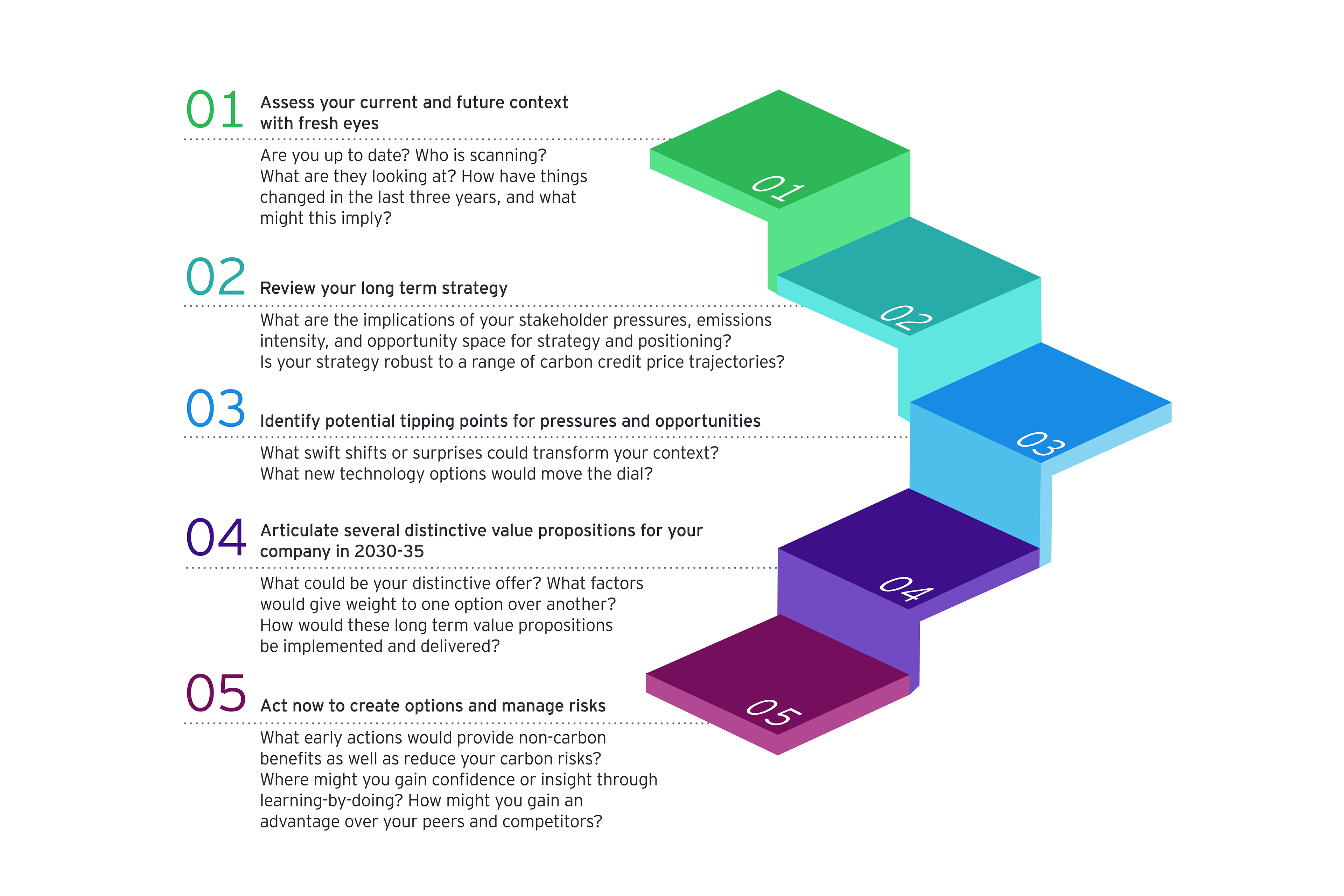The SGM covers around 215 of Australia’s largest greenhouse gas-emitting industrial facilities, including oil and gas producers, mining and heavy industry. These facilities are responsible for around 28% of Australia’s emissions.
Under the previous SGM policy framework, there was little incentive for these facilities to reduce their emissions, even where costs were relatively low. However, reforms to the SGM that were introduced on 1 July 2023 will motivate covered facilities to find and implement abatement opportunities.
The SGM will now set ‘baselines’, or limits, for the direct emissions from each facility that are much closer to current levels of emissions, and will reduce this baseline each year. Australia’s most emissions-intensive facilities are now on a net zero trajectory, with a default obligation to reduce their greenhouse gas emissions by an average of 4.9% each year to 2030.
Facilities that do not meet this reduction are required to buy either Safeguard Mechanism Credits (SMCs) or Australian Carbon Credit Units (ACCUs) to cover the volume of carbon emissions that exceed their baselines.





